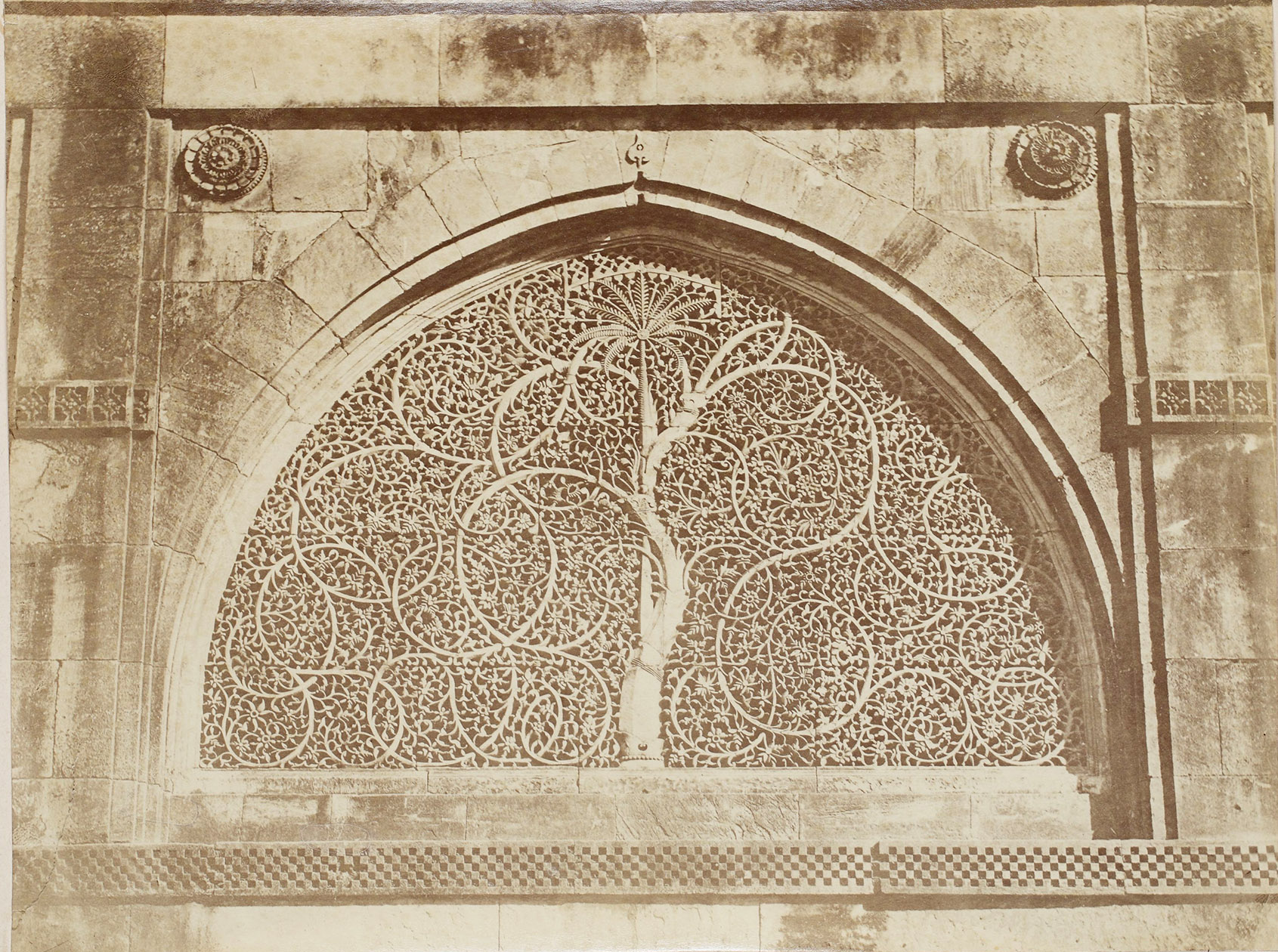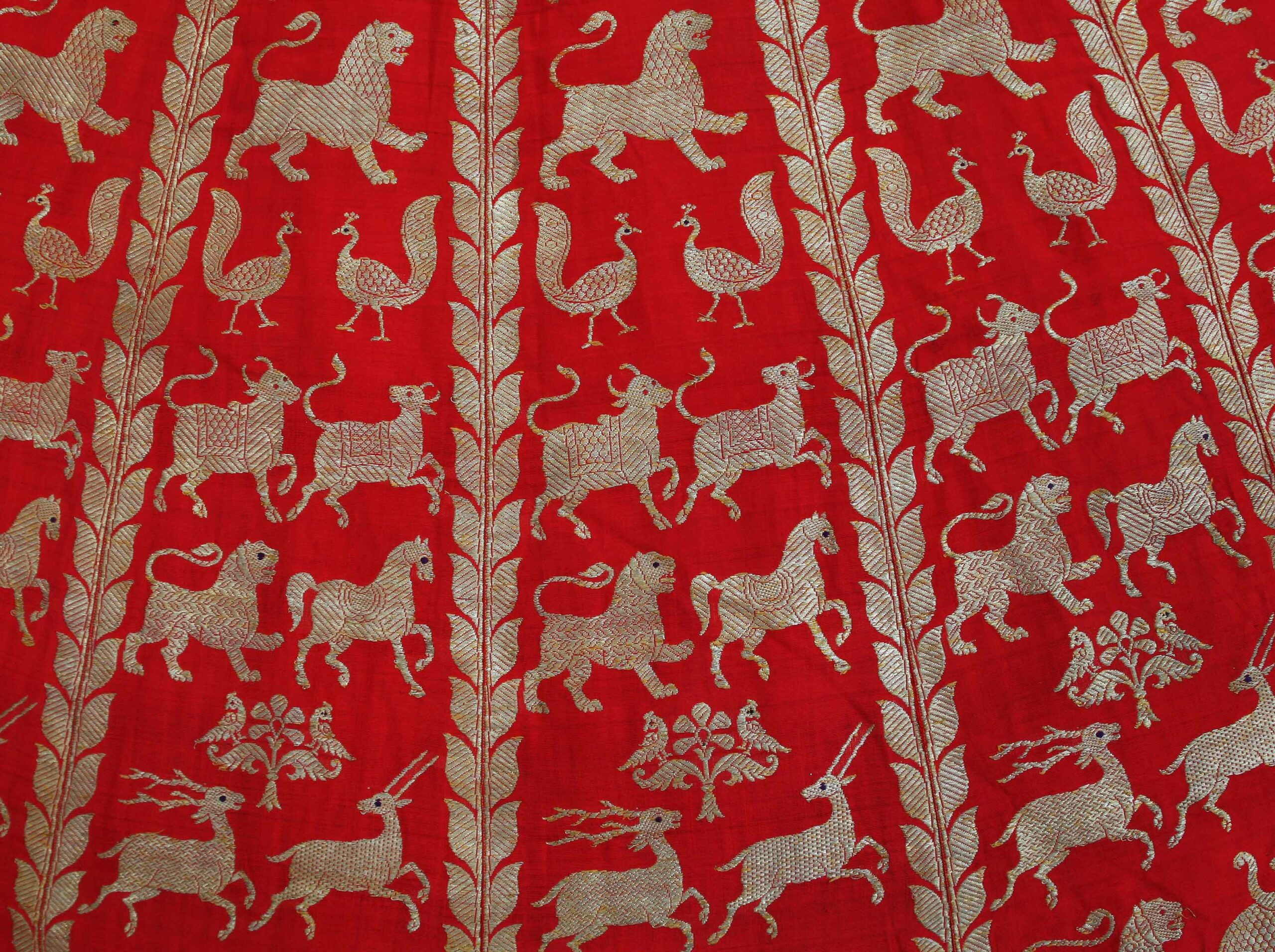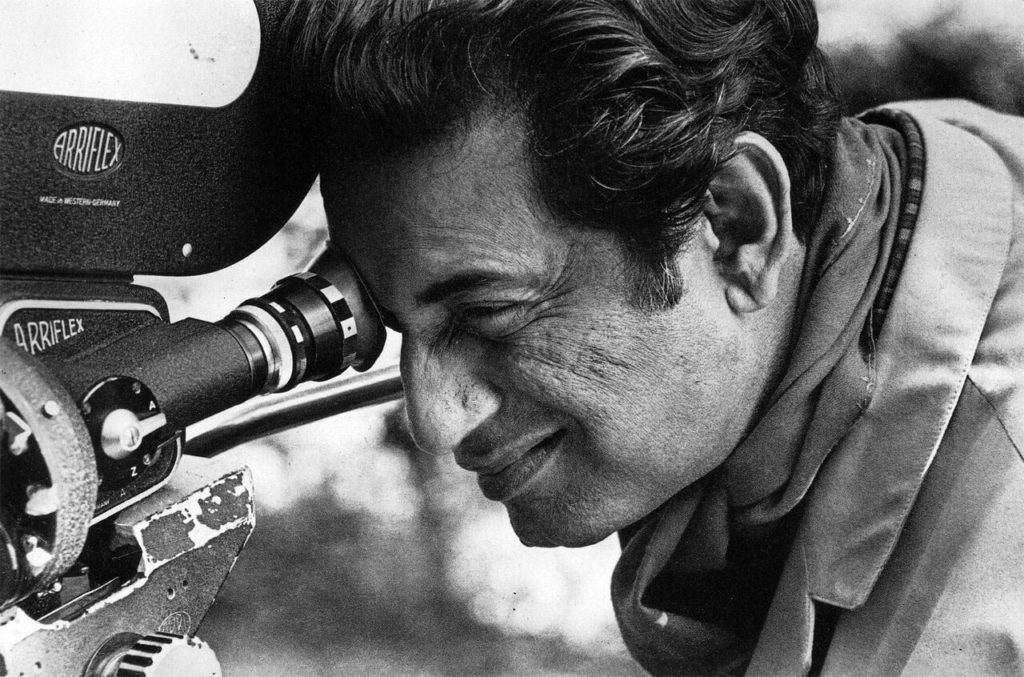
Satyajit Ray in his element
Not long ago, I was asked in conversation which Indian film I regard as the definitive feminist film. I thought for a while and realised, to my surprise, that I did not have one. As I fumbled, a friend declared on cue that it had to be Devi (1960) by Satyajit Ray. That’s all it took for me to start my love affair with the black and white cinema of Bengal’s — and India’s — most revered filmmaker.
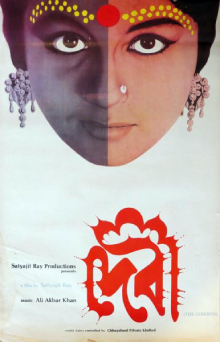
Poster of ‘Devi’
Like so many other feminists, I too have pondered whether organised religion and patriarchy are but two sides of the same coin. The film Devi (The Goddess) is a brilliant and poignant reiteration, if not a confirmation, of this idea. Based on a short story by Prabhat Kumar Mukherjee, it features Dayamoyee, a young bahu in a zamindar’s house who is abruptly deified as an incarnation of Durga because her father-in-law had a fantastical dream. Her husband, Uma Prasad, a man of modern principles, tries to counter his father’s blind faith with reason, but fails. While several films by Ray showcase individuals caught between tradition and modernity, Devi is the only film that unabashedly declares the need for modernism for Indian women.
The film explores the consequences of blind faith on the entire household, and especially on Daya. She is put on a pedestal and worshipped, becoming an embodiment of the clay idol of Kali, but has no autonomy or freedom. An already submissive and shy Dayamoyee, whose world is confined to the home, is further stripped of the simple joys of married life. Her powerlessness is highlighted at several points in the film, the most striking of which is when she refuses to run away with her husband because she is tormented by doubt. “What if I am the Goddess?” are her words. If she leaves, the family would suffer the wrath of Kali, and so she stays. In the end, a calamity hits, and Uma Prasad resolves to take his wife away once and for all — but the kohl-smeared, jewel-bedecked, frenzied Daya can no longer be saved. Nominally present on the outside, she becomes tragically absent from within.
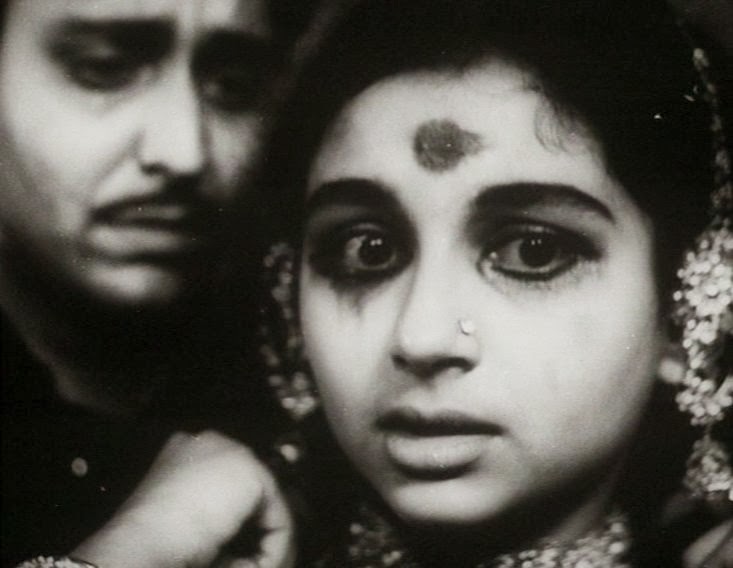
Still from ‘Devi’
Satyajit Ray (1921-1992) has often been described by critics as ‘born to be a filmmaker’. While he started off only directing, he gradually took on several roles in his films — writer, composer, cinematographer, editor, even illustrator. He began his career in 1955 with the first of the Apu Trilogy, Pather Panchali, which was acclaimed around the world. From his very first film, he introduced us to diverse and complex female characters. The protagonist of Pather Panchali might have been Apu, but the evolution of his ‘self’ is closely linked to his interactions with the women in his life: a proud, harsh and loving mother, a risk-taking, adventurous sister and a decrepit aunt who tells him ghost stories. Ray’s canvas was filled with the feminine, and would lead to films with overt feminist messaging. After the trilogy, he went on to create 36 features, giving us masterpieces like Mahanagar (1963) and Charulata (1964).
“And my! What descriptions! Especially of the women, all women are beautiful. They are so perfect, they make me uncomfortable,” says Charulata, talking of the writings of Bankim Chandra Chatterjee. Based on Tagore’s novella Nastanirh, the film Charulata was a personal favourite of Ray’s and Charu herself is the archetypal Ray woman. She is a beautiful, intelligent and gifted writer trapped in a brocaded cage. What ails her is not the authoritarian husband who controls her every move, but a husband who is absent. Her isolation is shown beautifully in the first few minutes of the film, where Charu uses her opera glasses to look at the outside world through the window to amuse herself. Just moments later, her husband Bhupati passes by her, engrossed in his readings and without noticing her. She then uses the same opera glasses to view him, an unattainable outsider.
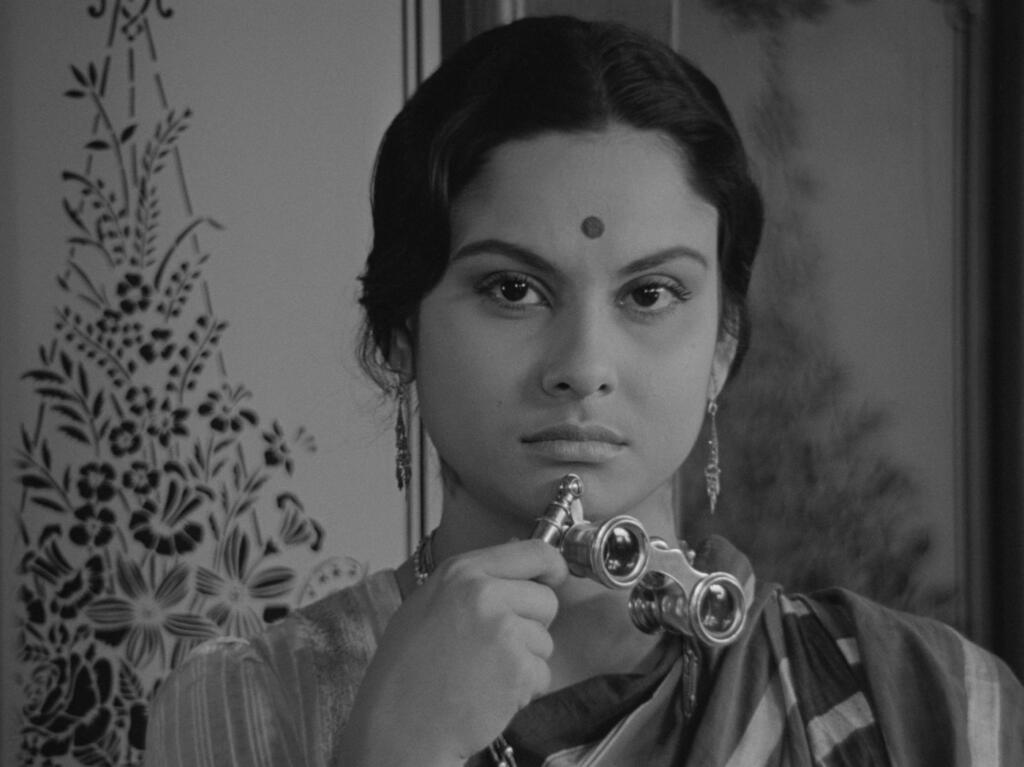
Still from ‘Charulata’
Bhupati sees her isolation as well, but is unable to do much about it. He looks to other members of the family to rescue her from loneliness, and among them she finds companionship — with her writer brother-in-law, Amol. It is with Amol that the scenery shifts from the home to the garden, indicating a sense of freedom, an intellectual and sensual stimulation. In the garden, Charulata once again uses her opera glasses to look at the outside world, but when she sees Amol through them, she smiles lovingly and draws herself back. This is the moment when Charu comes face to face with her desire for Amol, yet another unattainable world. Walking the tightrope of emancipation, Charulata is afraid of falling into the abyss of infidelity. Ray explores this theme more obviously in an adaptation of Rabindranath Tagore’s Ghare Baire (1984). Here the protagonist Bimala comes out of purdah and falls in love with her husband’s best friend, Sandip. Both Amol and Sandip are played by Soumitra Chatterjee, a Ray favourite.
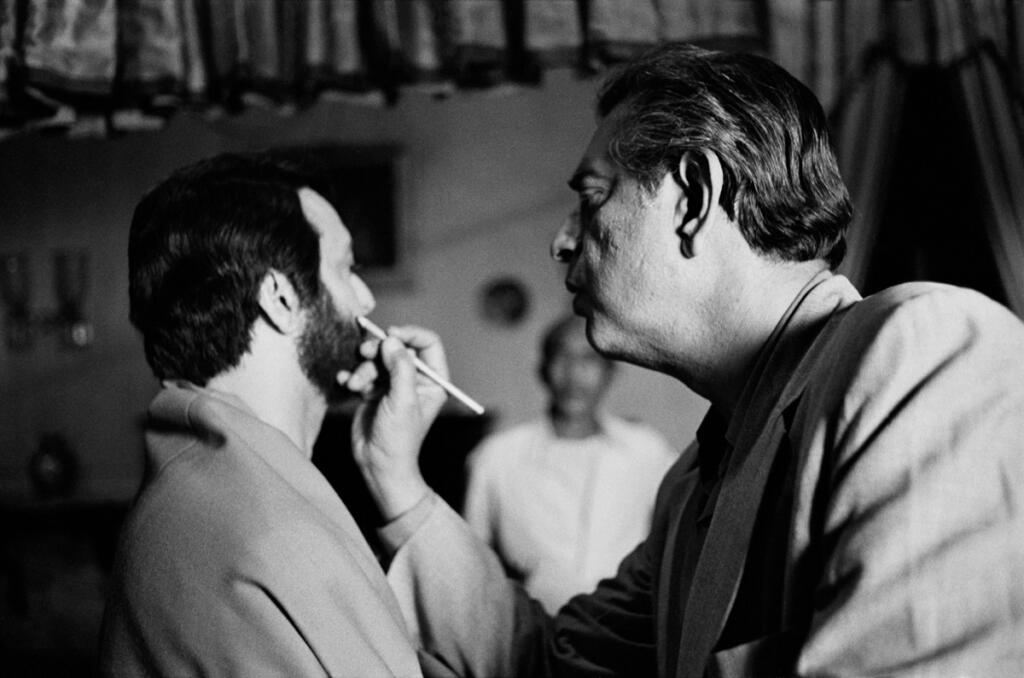
Satyajit Ray doing Soumitra Chatterjee’s makeup on the sets of ‘Ghare Baire’
Ray is perhaps able to achieve Bimala’s unapologetic attitude towards her affair in Ghare Baire because of the extraordinary circumstances of the Bengal Partition, as well as Bimala and Sandip’s fervour about the Swadeshi movement. Another thread that joins the protagonists of Charulata and Ghare Baire is that their emotions are an embodiment of the colonised nation’s energy. In Charulata, the theme of Charu’s suppressed emotions are a reflection of the nation state suffering a lack of native representation in the government houses. In Ghare Baire, Bimala and Bengal are both in need of liberation, but decisions are made in haste and carry a price. Bimala coming out of purdah finds mortification instead of actualisation, while the nation state with the launch of the Swadeshi movement against the Bengal Partition finds itself divided further on the basis of religion. Imbibing these extraordinary moralities in ordinary situations is what the director knows and does best.
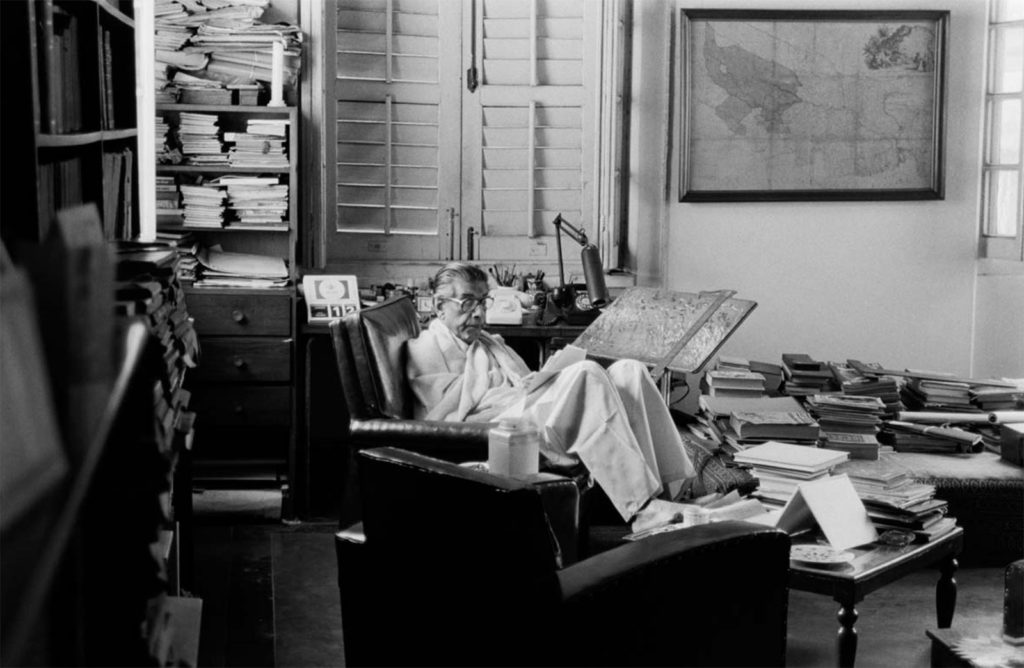
Ray in his study
Ray achieved what I think several artists have failed to — a feminine voice that simply exists. This voice views women as humans first, and is added neither as a token nor specifically with feminist intentions. Having said that, I would still recommend entering Ray’s world with a helping of salt. He once said, “A woman’s beauty… I think also lies in her patience and endurance in a world where men are generally more vulnerable and in need of guidance.”
This statement can be seen at work in his films, to the point of discomfort. Mahanagar is a classic example. The protagonist Aarti decides to take up a job because of growing financial strain on her husband, and her working life is spent navigating the hot/cold attitude of her troubled spouse. In a scene where he finds lipstick in her purse while taking out money, he taunts her about not wearing it before leaving the house. I held my breath in hopeful anticipation for her to apply it in front of him as a defiant response, considering at this point in the film she is the sole breadwinner. However, she throws it out the window and only retorts “Please do whatever you want but don’t misunderstand me.” She endures all the misgivings of her family, including those of her young son, because she ‘can’. Perhaps this is simply an attempt to keep the film realistic, or in accordance with the times it was made in, but it does disappoint a feminist heart.
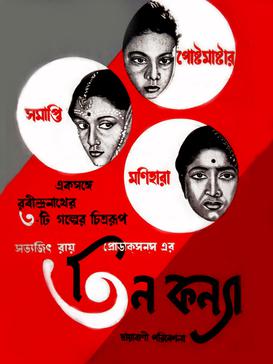
Poster for the ‘Teen Kanya’ anthology
I have still not found an answer to the question of which Indian film would be my definitive feminist film. But I would like to end with a moving scene from Ray’s Samapti: Teen Kanya (1961). Mrinmoyee is a chirpy, mischievous girl who would like to be stuck in childhood, playing on swings and climbing trees all day. She is married off without her consent, and deeply upset by this, creates quite a scene at her husband’s house. While her husband had known all along that she was a free spirit, he refuses to tolerate her behaviour and leaves her to go to Kolkata.
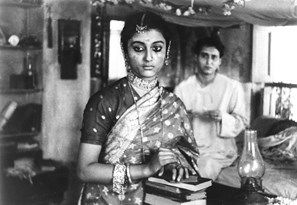
Still from ‘Samapti: Teen Kanya’
She returns to her mother’s house and cries for days. Her younger playmate runs to her room one day to show her a dead squirrel, which used to be Mrinmoyee’s pet. He says, “You didn’t feed it for so many days, that’s why it died.” After this, a new Mrinmoyee appears, one who is calm, collected and polite, as though the fiery part of her died of starvation. I had to pause the film to process this, reminded of the many, many moments in my life where my spirit had to die at the hands of customs and tradition.
Ray once said, “No film can change the world, show me a film that has changed the world.” I challenge him on this, for his films have changed this woman. And is a woman not the world?

